Alien planets with more favorable ocean-circulation patterns might support life in even greater abundance and variety than our own world does, the study determined.
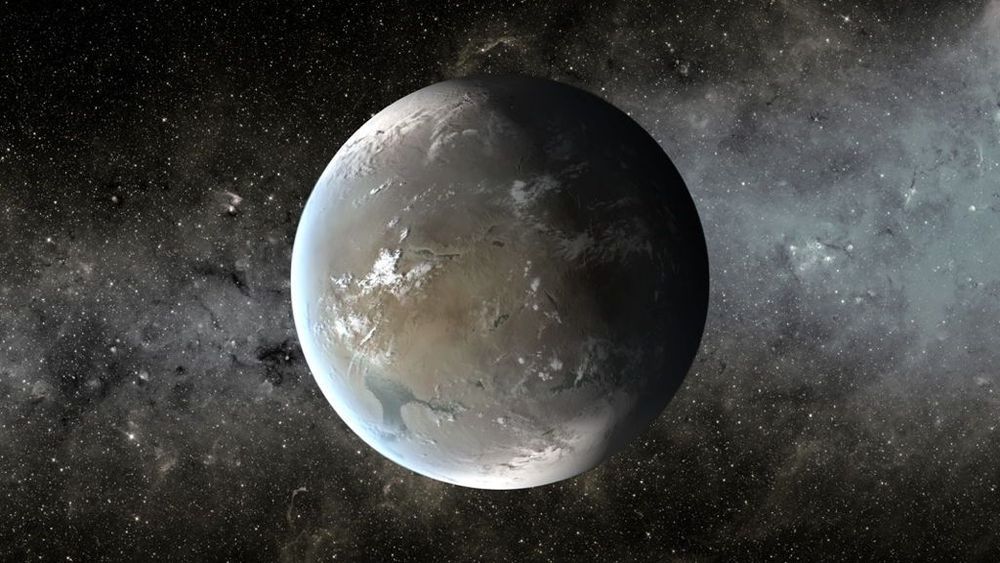

Astronomers have announced a discovery which may have an essential effect on life on the planet Earth. Another planetary system, which is comprised of planets with the size of our planet, which could probably have water on them and in that way, life too.
Nowadays, scientists that work using telescopes at NASA and the European Southern Observatory announced their astonishing discovery – a whole system of planets with the size of the planet Earth. Well, if this is not enough, this team also claims that the planets’ density measurements indicate that six of them, which are more central, are rocky worlds like our planet.
However, that is only the beginning. Keep reading.
Bago pa pirmahan ni Pangulong Rodrigo Duterte ang batas na bubuo sa isang national space agency, may Pinoy microsatellites nang lumilipad sa outer space. Ano kaya ang ginagawa nila sa kalawakan? Naghahanap ng aliens, black holes, o bagong planeta? Ipakikilala sa atin ni Hillary Andales sina Diwata 1 at Diwata 2, ang kauna-unahang Pinoy microsatellites.
This week DARPA kicks off a competition called the Subterranean Challenge, where hordes of robots are unleashed into caves and tunnels to test how well they can autonomously navigate these environments. One team, headed up by NASA’s Jet Propulsion Lab (JPL), is entering a crew of bots that could inform future designs of spacefaring robots that explore caves and lava tubes on other planets and moons.
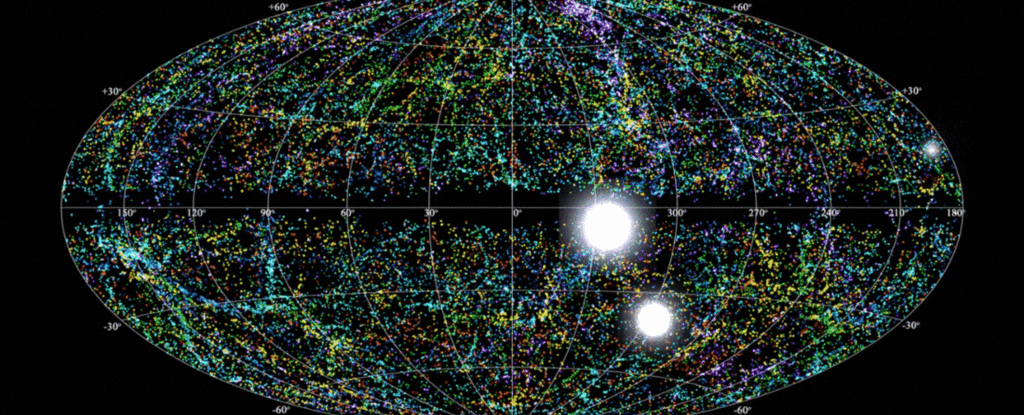
One of the biggest mysteries out there in the Universe is inching closer to answers. An astonishing eight new repeating radio signals known as fast radio bursts (FRBs) have been detected flaring from deep space.
At the start of 2019, just one of these mysterious signals, FRB 121102, was known to flash repeatedly. In January, scientists reported a second repeating one (FRB 180814).
This new paper — available on preprint server arXiv, and accepted into The Astrophysical Journal Letters — describes eight new repeating signals detected by the Canadian Hydrogen Intensity Mapping Experiment (CHIME) radio telescope.
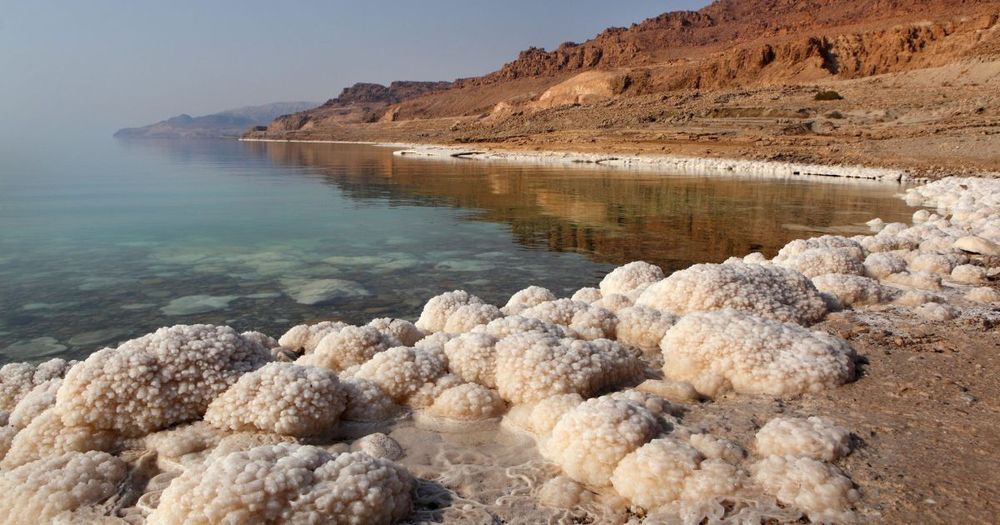
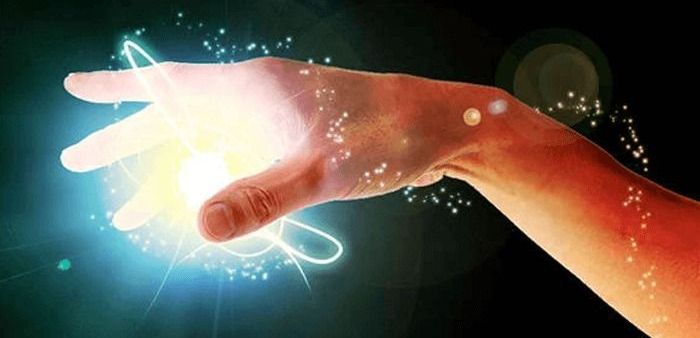
For over four hundred years, Western civilization has chosen science as its source of truths and wisdom about the mysteries of life. Allegorically, we may picture the wisdom of the universe as resembling a large mountain. We scale the mountain as we acquire knowledge. Our drive to reach the top of that mountain is fueled by the notion that with knowledge we may become ‘masters’ of our universe. Conjure the image of the all-knowing guru seated atop the mountain.
Scientists are professional seekers, forging the path up the “mountain of knowledge.” Their search takes them into the uncharted unknowns of the universe. With each scientific discovery, humanity gains a better foothold in scaling the mountain. Ascension is paved one scientific discovery at a time. Along its path, science occasionally encounters a fork in the road. Do they take the left turn or the right? When confronted with this dilemma, the direction chosen by science is determined by the consensus of scientists interpreting the acquired facts, as they are understood at the time.
Along its path, science occasionally encounters a fork in the road.

Russian astrophysicist and SETI pioneer Nikolai Kardashev passed away on August 3, 2019. Known for the Kardashev scale of extraterrestrial civilizations, in 1963 he conducted the first Soviet search for extraterrestrial intelligence (SETI) by examining the quasar CTA-102 for signs of a technological civilization. In the following year, Kardashev organized the first Soviet conference on communication with extraterrestrial intelligence (CETI) at Byurakan Observatory in Armenia. Also in 1964, Kardashev proposed a scale that now bears his name, which is used for classifying extraterrestrial civilizations in terms of their energy use. Civilizations ranked on the Kardashev Scale range from Type I civilizations capable of using the energy resources of a single planet, to Type II civilizations that use the full energy of a star, to Type III civilizations that have access to the energy of an entire galaxy.
In 1971, along with other Soviet astronomers and American Carl Sagan, Kardashev organized a Soviet-American conference on CETI, also held at Byurakan Observatory. Kardashev became a corresponding member of the USSR Academy of Sciences in 1976, and in 1994 he became a full member of the Russian Academy of Sciences. A decade later, he was awarded the Demidov Prize for his work in astrophysics.
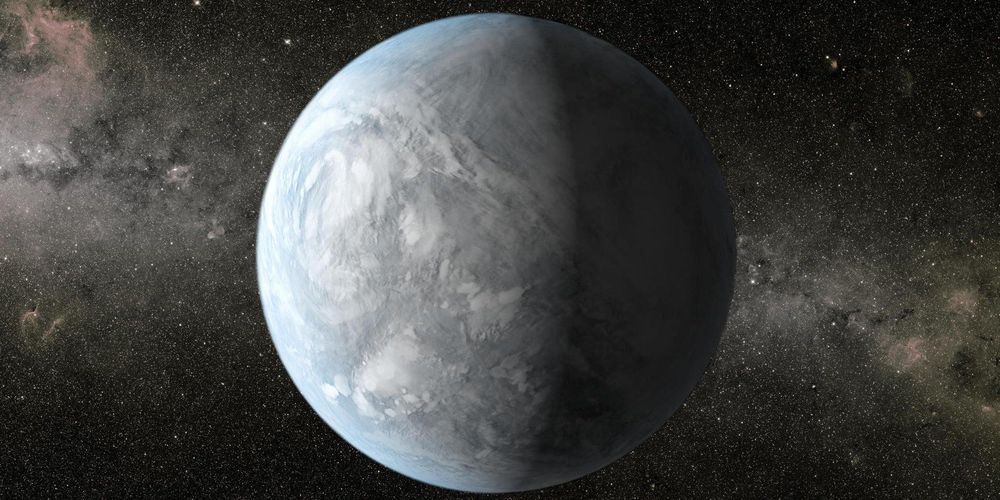
Three newly discovered worlds are among the smallest and nearest we’ve ever detected.
NASA’s Transiting Exoplanet Survey Satellite, or TESS — a super-powerful orbiting telescope designed to hunt for alien worlds — found the planets orbiting a star just 73 light-years away.
One is a rocky “super-Earth” that’s more massive than our home planet but lighter than giants like Neptune. The other two are icy “sub-Neptunes” that are about half the size of Neptune.

This could be used for real hoverboards and hovering spacecraft could float out of atmosphere just like aliens do :3.
The quantum vacuum has fascinated physicists ever since Hendrik Casimir and Dirk Polder suggested in 1948 that it would exert a force on a pair of narrowly separated conducting plates. Their idea was eventually confirmed when the force was measured in 1997. Just how to exploit this force is still not clear, however.
In recent years, a new way of thinking about the quantum vacuum has emerged which has vastly more potential. And today, one physicist describes how it could be used to create propulsion.
Before we discuss that, let’s track back a little. According to quantum mechanics, any vacuum will be filled with electromagnetic waves leaping in and out of existence. It turns out that these waves can have various measurable effects, such as the Casimir-Polder force.